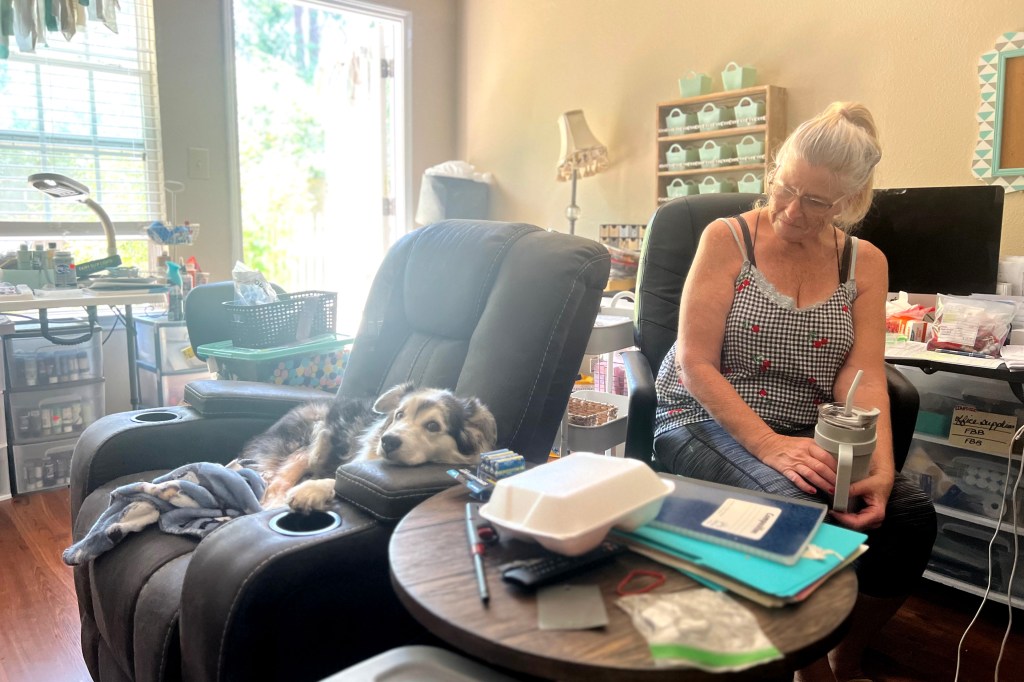HOUSTON — As Tina Kitzmiller sat inside her sweltering apartment, windows and doors open in the hope of catching even the slightest breeze, she was frustrated and worried for her dog and her neighbors. It can be It had been days since Hurricane Beryl blew ashore from the Gulf of Mexico on July 8, causing widespread destruction and knocking out power to more than 2 million people, including the Houston senior independent living facility where Kitzmiller lives. Outdoor temperatures had reached at least 90 degrees most days, and the heat inside the building was stifling.
Kitzmiller moved there not long ago with Kai, her 12-year-old dog, shortly after riding out 90-plus-mph winds from a under a comforter on the floor of the 33-foot RV she called home. She didn’t need medical care, as a nursing home would offer, and thought she and Kai could be safer at an independent senior facility than in the RV. She assumed her new home would have an emergency power system in place at least equivalent to that of the post offices she’d worked in for 35 years.

“I checked out the food. I checked out the activities,” said Kitzmiller, 61, now retired. “I didn’t know I needed to inquire about a generator.
” Even after multiple incidents of extreme weather — including a that caused widespread blackouts and prompted a — not much has changed for those living in long-term care facilities when natural disasters strike in Texas or elsewhere. “There has been some movement, but I think .























